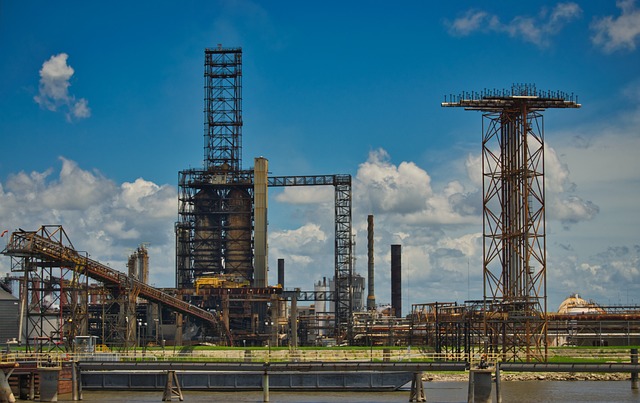Oil prices experienced a decline as concerns over potential interest rate hikes overshadowed the positive impact of a U.S. debt deal. The market reaction reflected apprehension among investors regarding the potential implications of higher borrowing costs on the global economy and oil demand.
The recent agreement on the U.S. debt ceiling provided temporary relief, averting a potential default crisis. However, this positive development was counterbalanced by growing expectations of interest rate increases by central banks, particularly in the United States. The possibility of higher borrowing costs raises concerns about economic growth, which in turn affects oil consumption and market sentiment.
The fear of rate hikes stems from worries over inflationary pressures and efforts by central banks to curb them. Rising interest rates tend to dampen economic activity and can lead to reduced consumer spending, impacting energy demand. As a result, oil prices dipped in response to the perceived risks associated with tightening monetary policies.
Investors closely monitor the interplay between monetary policy decisions and the energy markets. Any indication of a more aggressive approach by central banks in combating inflation can trigger market volatility. The balancing act between stimulating economic growth and preventing excessive inflation has a direct impact on oil prices, as they are influenced by broader macroeconomic trends.
It is important to note that oil markets are also influenced by various other factors, including geopolitical events, production levels, and global energy transitions. However, in this particular instance, the focus was primarily on the potential consequences of tightening monetary policies and its impact on oil demand.
Market participants will continue to assess the evolving economic landscape, monetary policy signals, and developments in energy markets to gauge the future trajectory of oil prices. Factors such as global economic recovery, geopolitical tensions, and policy decisions will play pivotal roles in shaping oil market dynamics in the coming months.
As the market remains sensitive to interest rate speculation and its implications for economic growth, fluctuations in oil prices are likely to persist. Traders and investors will closely monitor indicators and statements from central banks, along with the progress of the U.S. debt deal, to gauge the overall market sentiment and direction.
While uncertainties prevail, it is essential for market participants to stay informed, adapt strategies accordingly, and remain prepared for potential volatility in the oil market. The interplay between monetary policies, geopolitical events, and energy dynamics underscores the complexity of factors influencing oil prices, making it a challenging landscape for investors and industry stakeholders alike.












